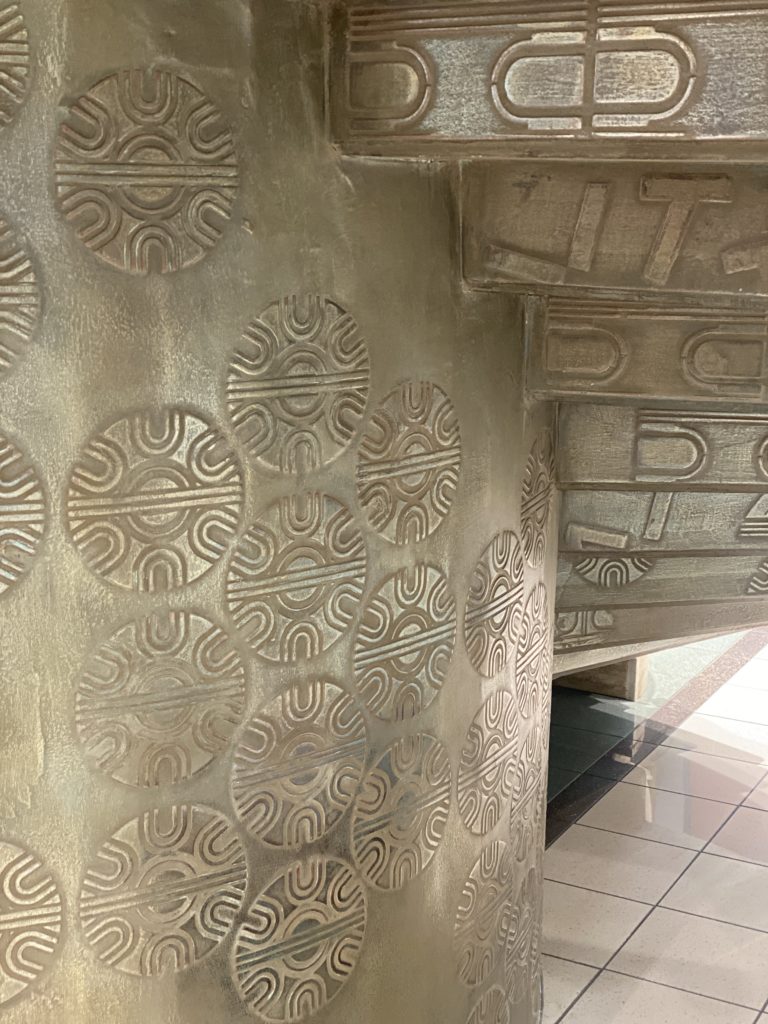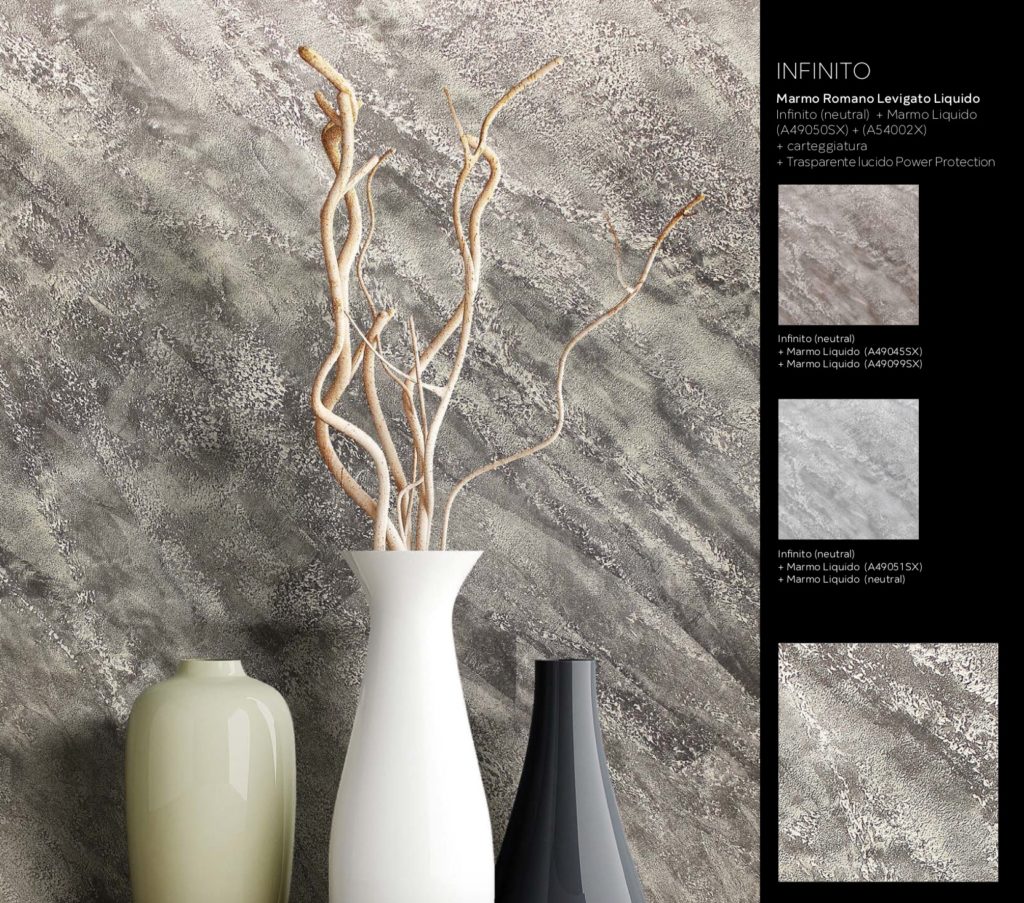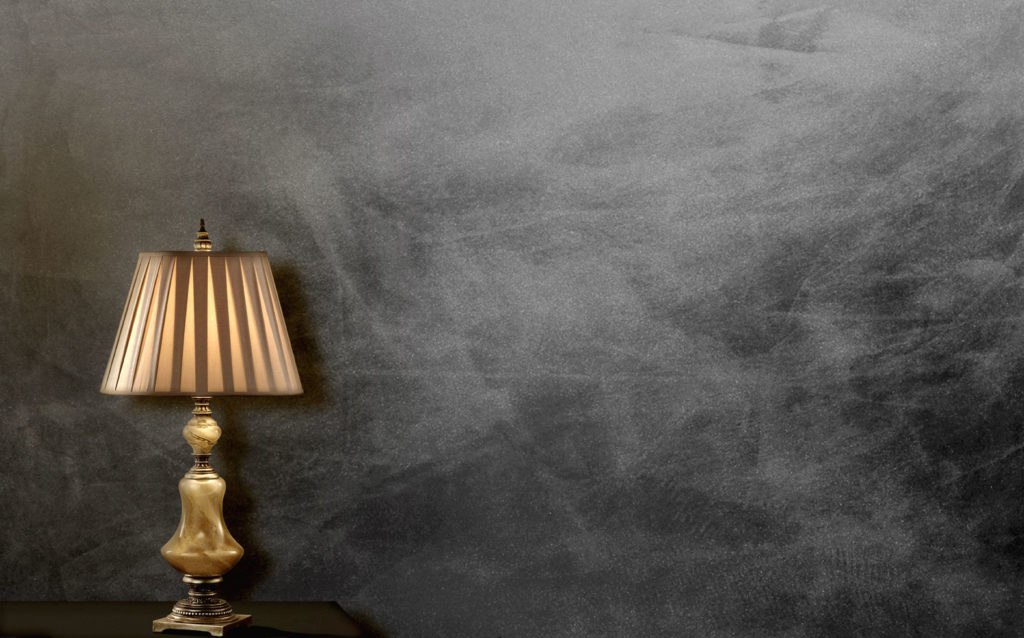
Venetian Plaster – What is it?
Benefits, Usage, and more
People have always been attracted to shiny finishes.. and when you think of Venetian plaster you instantly think of shiny polished plaster but this isn’t the case. “Venetian plaster” is a term we use for all decorative finishes we offer which are pretty much endless,
This is the most exciting thing about Venetian plaster, not only is it just high shine walls that are popular but textured finishes too!
Matt finishes are becoming increasingly popular these days. Even in architecture and home decor, we see the years-old Venetian plastering finish gaining popularity all over the Uk.
With the cultural and technological transformation, even these old-age arts have improved quite a lot and it’s now easier than ever to give your home the same elegance and beauty as was seen in ancient architecture.
If you are thinking about decorating your walls with the glossy or matt look of Venetian plaster, this blog is a must-read for you.
We will be discussing the materials that give Venetian plaster its beauty, its benefits in your home, how to apply it, and how to keep it away from damage. So, let’s discuss what it is made of to start things off.
What Is Venetian Plaster?
Venetian plaster, marked in the industry by many different names like marble plaster, Marmorino, stucco, Italian plaster Decorative finishes or polished plaster, is a special type of plaster that is used to give a marble-like /Stone/concrete look and feel to walls and ceilings.
It is made of lime putty and marble dust and applied with a trowel in multiple thin layers that give an extremely smooth or textured surfaces which you be able to offer an array of amazing finishes
Pigments are often mixed with the plaster to give it vibrant colours. Our colour machine does this automatically once you have chosen the colour you require, or you can mix pigments yourself to create bespoke colours.
As well as finishing products such as Dorotea – a metallic finishing product that are applied over the like of our textured plaster’s (infinito and volare)
While acrylic resins can also be used to improve the look, when done correctly, the plaster can provide a deeply textured and smooth stone-like surface all by itself.
Venetian plaster, which originated in Venice, Italy, became exceedingly popular across the Roman Empire as a way to replicate natural stone surfaces in villas and churches.
You can still visit the ancient buildings of Venice for a first-hand experience of its architectural depth that has made its way to the twenty-first century.
It is still used in modern homes and restored buildings to give the marble look without having to go through the tedious process of applying the stone itself.
Benefits of using Venetian Plaster
Apart from the elegant look of Venetian plaster, there are a lot of benefits that it provides when applied to the walls and ceilings of your home.
It is much better than simple paint in a lot of ways. Let’s discuss some of the benefits having Venetian plastering can provide.
The most attractive thing about plaster for people renovating their home is that it’s
Environment Friendly
Because of the materials used in Venetian plaster, it is what you can call a “green” substance. Lime plaster is known to absorb CO2, this has two-fold benefits.
Not only do your walls become more rigid with time, but also reduces the amount of CO2 in your home. Acrylic paints, glues, and sealers all emit hazardous chemicals (i.e. VOCs), but Venetian plaster is toxic-free. It also cools surfaces and controls humidity by allowing moisture to pass through, making an area less hot and humid.
Lastly, its alkaline nature makes it an antibacterial surface preventing mould from growing on its surfaces and increasing the health of the residents.
Long-lasting
Venetian plaster finishes are known as “lifetime finishes” because of a reason. The plaster, as previously mentioned, hardens more and more with time and is less prone to cracking and shrinking than cement finishes. Venetian plaster may appear to be more expensive than regular paint, but it is far more cost-effective in the long term because of this.
All-round Uses
Another advantage of Venetian plaster is that it is one of the most adaptable wall coverings. Is that is it can adear to most substrates brick/ tiles / plasterboard & wall surfaces, as well as pre-existing interior walls and ceilings. It’s also the go-to way to decorate Metal columns and archways for many architects.
It is all seamless, unlike wall paper where over time this starts to dry out and lose its adhere to the wall, decorative finishes does not.
Easy maintenance
Venetian polished plaster is a low-maintenance solution. Since this ornamental finish is mixed with many different pigments, it will remain for many years without fading, reducing the need to whitewash the walls.
Cleaning and maintenance are significantly easier as it dries faster and does not absorb dust. So, you can just dust it by giving a quick wipe down with a damp cloth.
Types Of Venetian Plaster Finishes
You can get any type of finish or design you want with Venetian plaster and your imagination is the only limit to these designs.
Depending on the building and your choice, you can opt for any finish for your walls.
Below are the three most popular finishes that are used around the world:

Marmorino
Marmorino is a material consisting of crushed marble and lime putty that may be coloured to produce a variety of colours.
This may be used to create a variety of patterns, ranging from polished marble to natural stone effects. Its impermeable, antimicrobial, and aesthetic features have made it a popular choice for luxury bathrooms, suites, and other areas around the home.
Marmorino comes in fine, medium and coarse grain, all giving different finishes on the end result.
We stock Riflesso – fine marmorino, Volare – medium marmorino and Infinito – coarse marmorino

Metallics
These types of metallic paints/plasters are usually trowel or brush applied, usually mixed with a formulation of resins in water dispersion and special metallic pigments to create the luxurious products.
Can be used by itself or over other textured products – Dorotea is an easy application over Infinito or Volare
There are many types to choose from ranging from textured paint called sharki which seems popular as creates a sand blast textured effect but with an overall metallic sheen.
Velluto- creates a velvet look on your wall by manipulating how you apply with the trowel.
Can I Apply Venetian Plaster Myself In My Home?
Applying Venetian plastering is an age-old art and the ancient practices for its application are still widely used in applying it.
Some finishes aren’t extremely complicated process and can be done with little practice.
While there are professionals and companies providing services to decorate your walls with Venetian plaster, people nowadays prefer the DIY method.
If you are looking to get advanced finishes and a professional look with Venetian plaster, a short course would be a good place for you to start, so you can find out how to apply properly and get the confidence to create these finishes in your home or customers houses.
Check out our Venetian plastering courses and pick one that best suits you!
You will learn the application, space preparation and safety practices that need to be taken care of when applying Venetian plaster.
Proper equipment is a necessity to make your finish look professional.
Firstly, you need a reliable source to buy authentic Venetian plaster and professional tools. Here at Italiano Stucco we pride ourselves on helping you from start to finish whether it be training courses, or buying products and Tools.
How Expensive Is Venetian Plaster?
Well, this is the real question and one everyone wonders about when opting for Venetian plaster in their home. Venetian plaster application normally costs between £70 and £130 per m2, depending on the product you pick.
The price varies largely based on the kind of finish you want, whether you add aggregates to the plaster and the condition of the walls and room you want to apply it on.
Yes, it does cost more than paint when you look at it as a brand new finish. But consider this:
you will have to completely re-apply paint every 3 to 4 years to have fresh looking walls, while Venetian plaster is known for its long-lasting finishes.
This stucco does not fade or age with time. It is also extremely easy to clean and in case it’s damaged, repairing it is not a hassle at all, just some preperation
For this reason, Venetian plaster costs you a lot less than traditional paint applications in the long run. And it looks better too!
Conclusion
Venetian plaster is a great alternative to paint used in homes and public places alike. There are not only a number of designs and finish options available with Venetian plaster but it also gives a finer and smoother look than normal paint.
If you are looking to renovate your home or just simply refresh your walls, Venetian plaster is undoubtedly the right choice.
